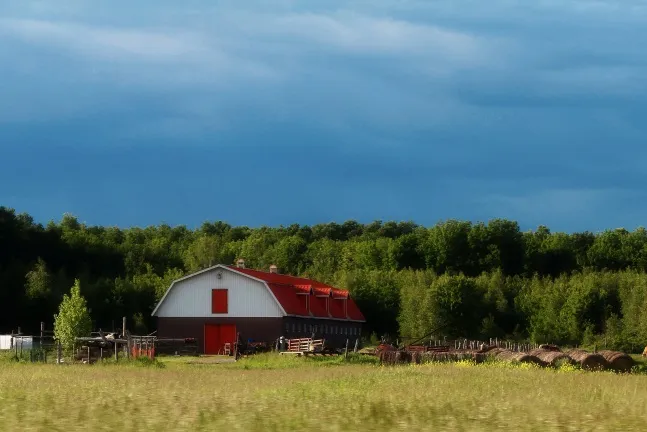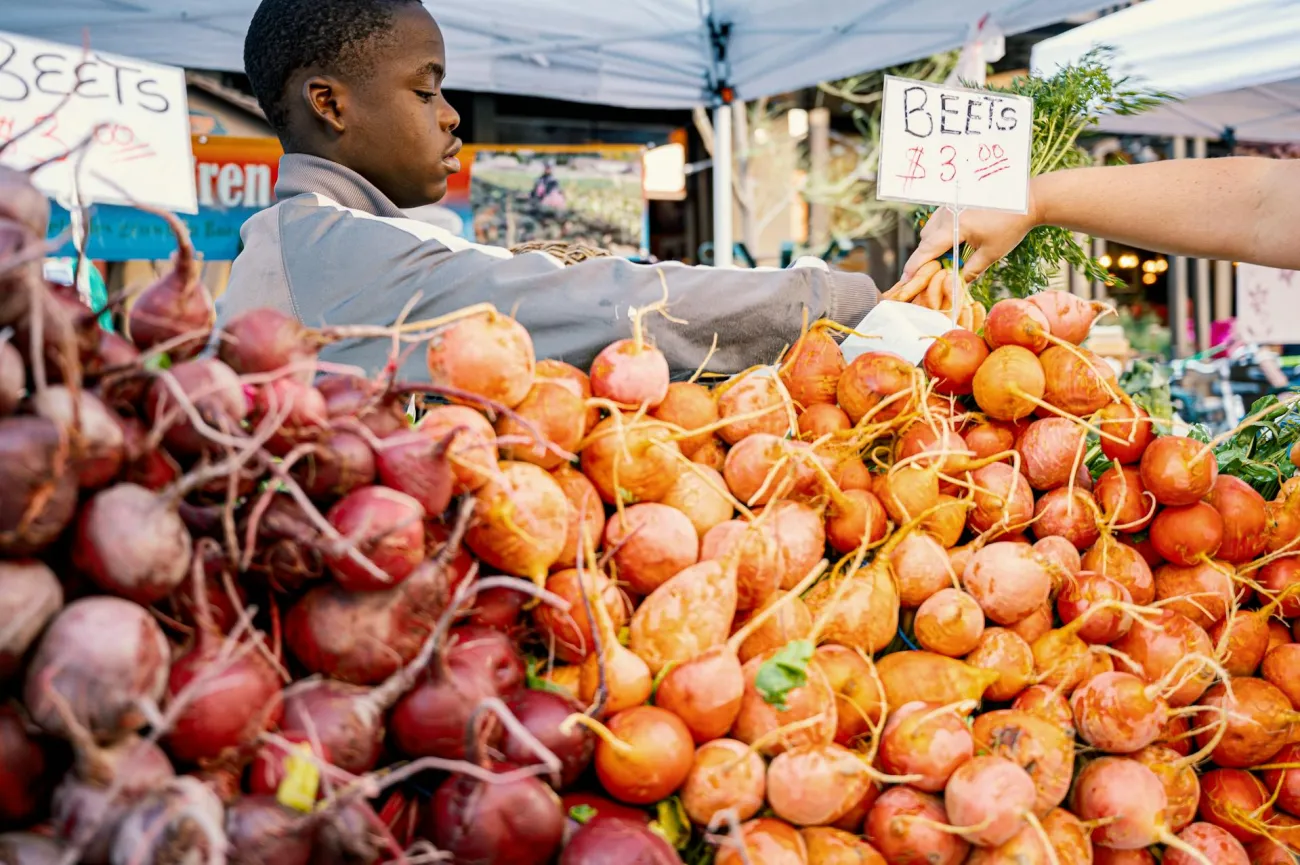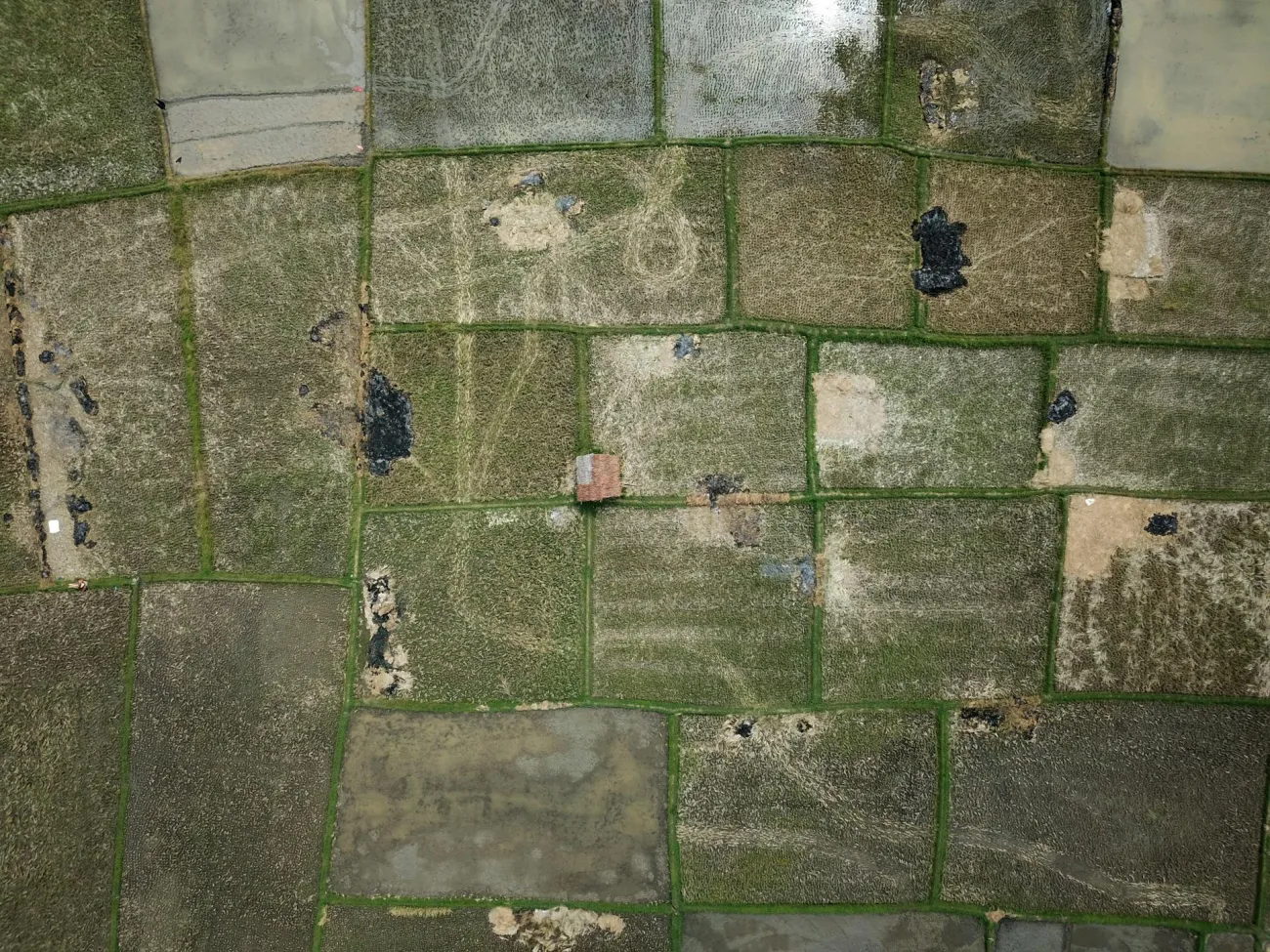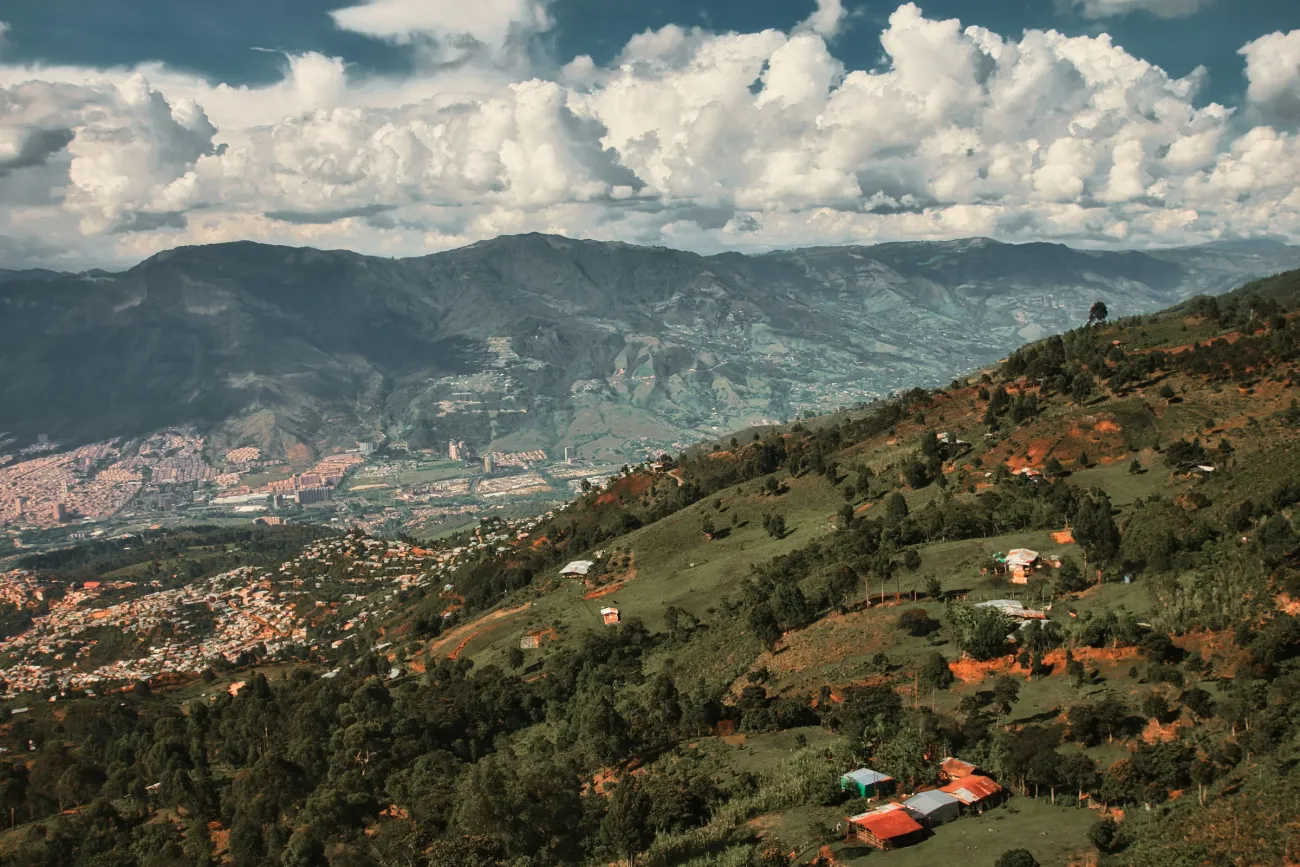This very interesting paper, co-authored by FCRN member Ken Giller, pays serious attention to the question of what a family farm actually is and the assumptions that people make about them. Taking as its starting point for exploration the FAO’s assertion that family farms are important as a means of eradicating poverty, providing food and achieving sustainable development, it explores the characteristics and patterns of family farming in countries as diverse as the United States, Netherlands, China, Brazil, Ethiopia and India.

After discussing the relationship between family farms and the environment, food security and social capital, the authors conclude that while family farms are adapting, they are not in danger of disappearing. Particularly in developing countries, policies should be developed to help farms (of all types, not just family farms) that are under threat of becoming economically unviable. Their final conclusion is as follows: “it is doubtful whether a specific focus on family farming is either necessary or helpful to address the FAO’s objectives …For the majority of family farms their survival will depend on transformation rather than preservation. Policies need to address the long-term economic viability of farming in all its shapes and forms.”
Abstract
Family farms are defined by two criteria: the importance of family labour and the transfer of ownership, land tenure or management to the next generation. Most farms across the globe are family farms, and they vary in size from 1 ha to 410,000 ha. Trends in farm size (small farms getting smaller and large farms getting larger) are not directly related to farm ownership and do not necessarily impact global food security. Rather, both the causes and effects of farm size trends depend on the availability of farm resources and off-farm employment opportunities. Similarly, environmental sustainability, though impacted by agriculture, cannot be linked directly to family ownership or farm size. To address issues related to environment, social conditions and food security, focus should not be on the preservation of family farms but on transformations to strive for environmental, social and economic sustainability of farming in all its shapes and forms.
Citation
Van Vliet JA, Schut AGT, Reidsma P, Descheemaeker K, Slingerland M, van de Ven GWJ, (2015), De-mystifying family farming: Features, diversity and trends across the globe, Global Food Security. 1;5(C):11–8.
Read the full paper here.
You can find more information on family farming in our research library.




Comments (0)